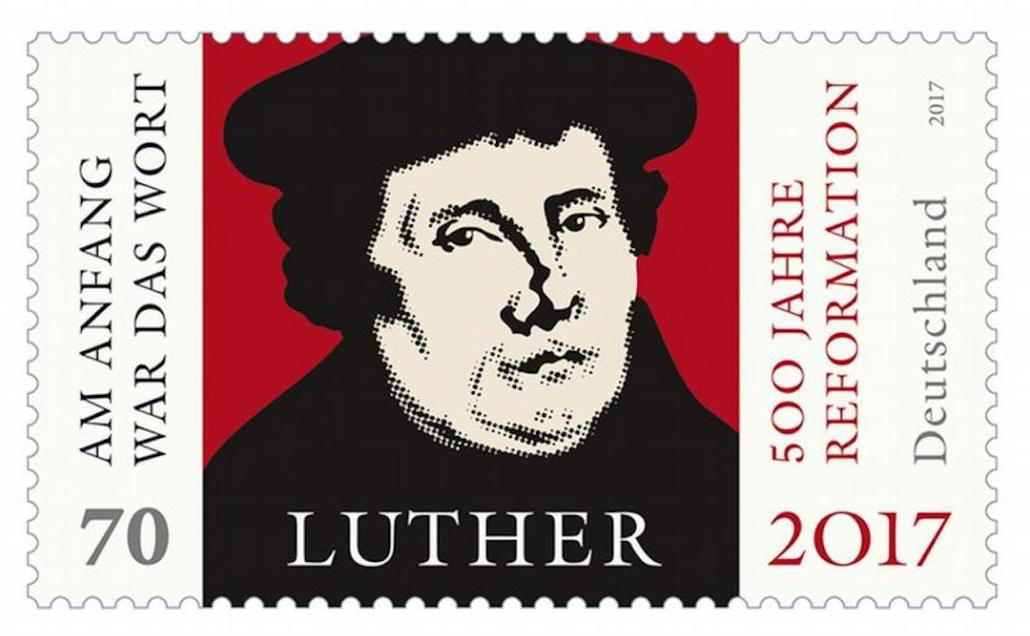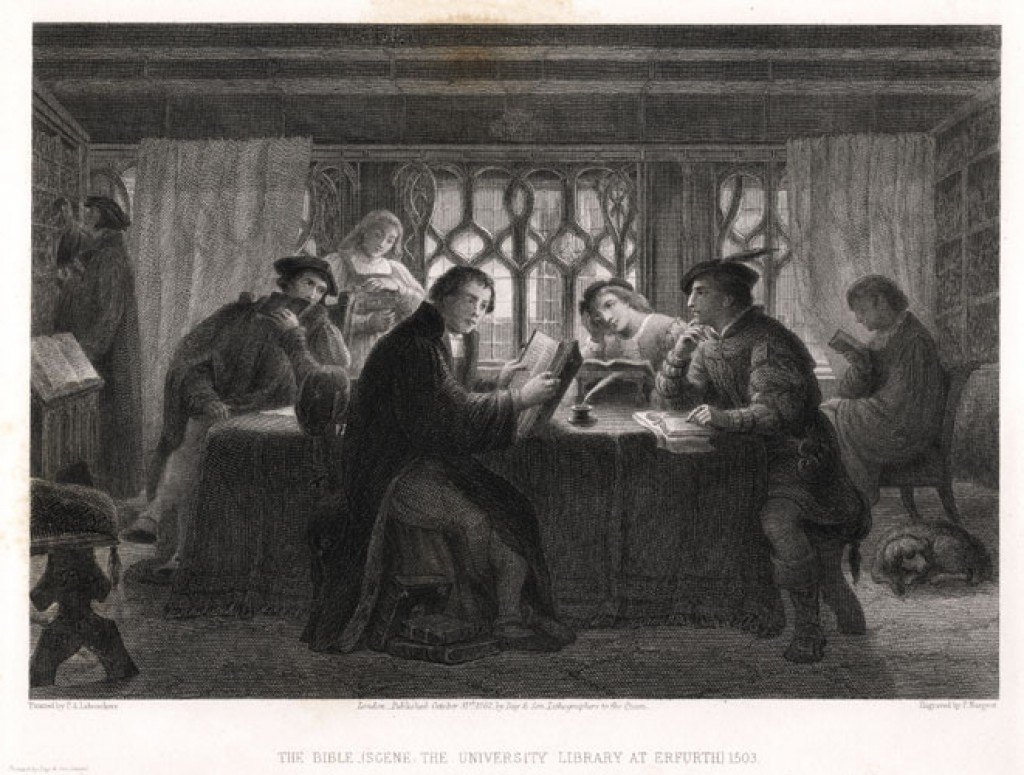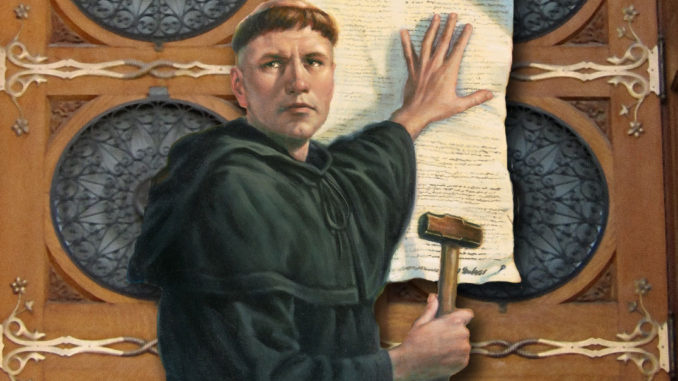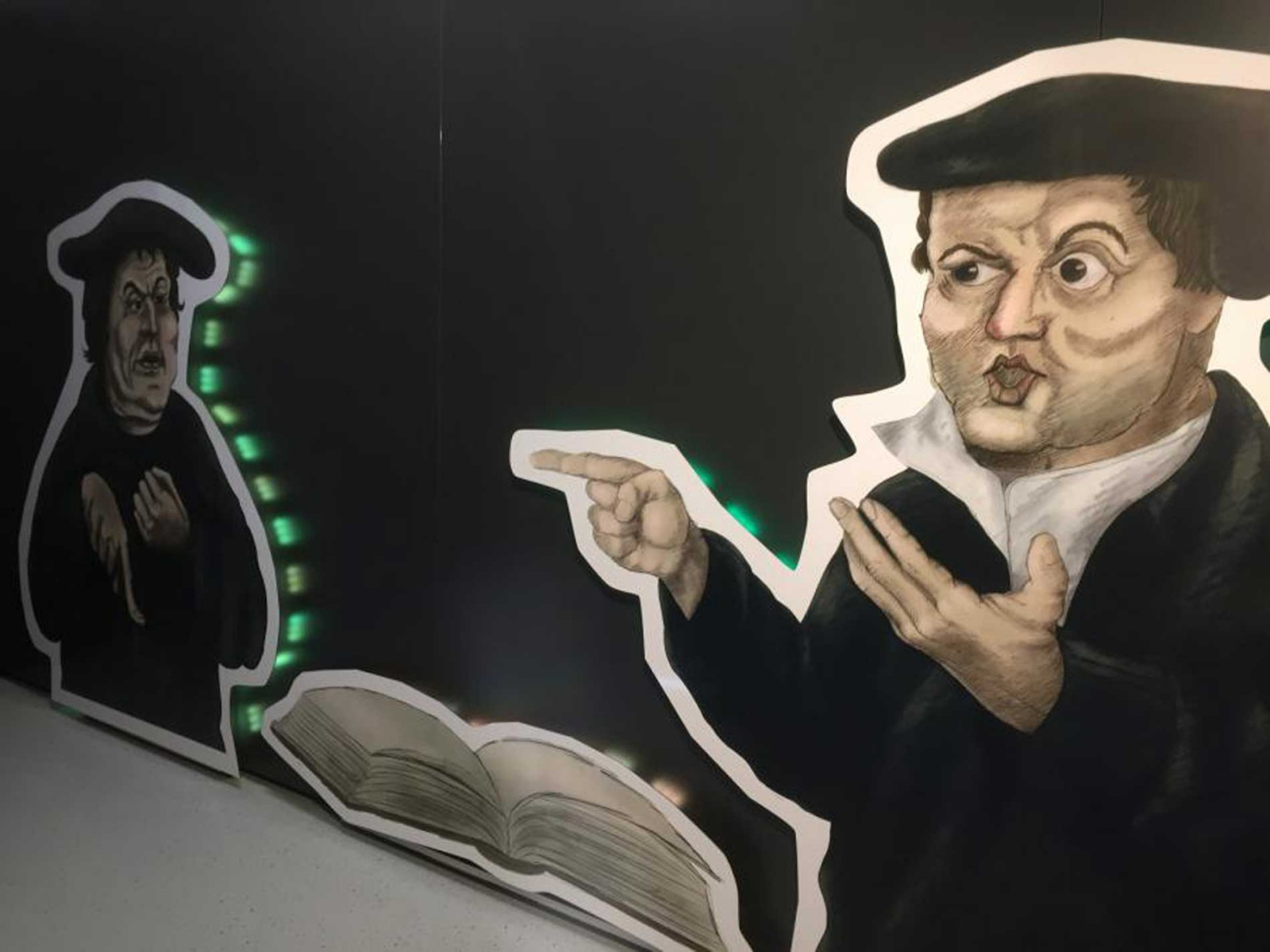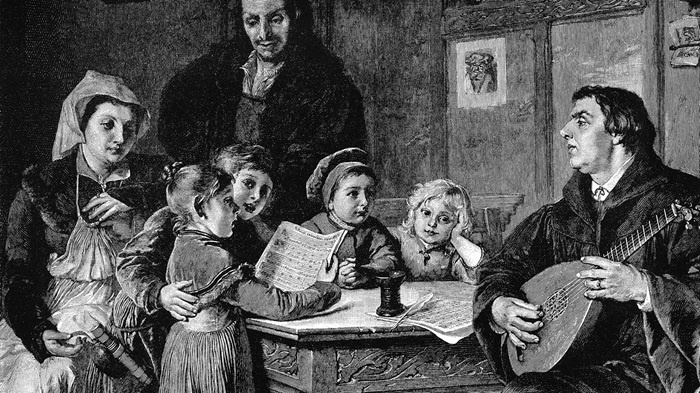Facts – What you should know about Reformation
Reformation 500 years 1517–2017
Today, there are countless Protestant Churches, but many people have no clue how all of these denominations begin. October 2017 marks the 500th anniversary of the Protestant Reformation, many people, including Christians, are unaware of the impact the Reformation had on the Christian church. According to Religion News Service, “53 percent of U.S. Protestants know virtually nothing about the importance of Martin Luther for the Reformation.” In order to understand the Protestant Reformation movement, it’s important that you go back in history to the early 16th century when there was only one church in Western Europe – the Roman Catholic Church – under the leadership of the Pope in Rome. Today, we call this Roman Catholic because there are so many other types of churches, for example Methodist, Baptist, Lutheran, Calvinist, Anglican, etc. Interested in learning more about the religious movement that not only shaped Christianity today, but transformed the Church? Here are six important things you should know about the Reformation.
Martin Luther Didn’t Intend to Start a New Church
Most people are stunned when they hear that Luther didn’t really want to leave the Roman Catholic Church when he posted the 95 Theses; however, the truth is, Martin Luther wanted reform, not Reformation. Luther was a devout Roman Catholic at the time, in full agreement with papal authority and the veneration of Mary. For Luther, the process was not only slow, but also painful, but this same process brought him to the realization that the Roman Church placed its authority and traditions above Scripture and wouldn’t change. When Luther spoke at the Diet of Worms in 1523, he said, “I am refuted and convicted by testimonies of the Scriptures or by clear arguments (since I believe neither the Pope not the councils alone; it being evident that they have often erred and contradicted themselves), I am conquered by the Holy Scriptures quoted by me, and my conscience is bound by the Word of God: I cannot and will not recant anything, since it is unsafe and dangerous to do anything against the conscience. Here I stand. I cannot do otherwise. God help me! Amen.” He had no other choice but to leave the church of his youth and life.
There Have Been Many Reformations …
While the Reformation of 1517 is recognized as the beginning of the Protestant Reformation, it was not the first time the church sought to reform itself. In the early centuries of the church, there were disagreements that led to reform, including the condemnation of Gnostic heresies and numerous debates over the nature of Christ. Medieval reformations overseen by the Popes Gregory I and VII admonished clergy who were abusing their power to steal property and instituted clerical celibacy. Also, while many people think of “The Reformation” as a singular moment in history, it really was a movement that involved many key players, several different regions and spanned a few decades. The Reformation began in Europe, but spread throughout the region and into Latin America, North America, Africa and Asia. While most people associate the Reformation with Martin Luther alone, its key players also included John Calvin, Henry VIII and others. Finally, Martin Luther’s 95 Theses, which was posted on October 31, 1517, was the beginning of a nearly 40 year process of reformation for the Christian church.
The Printing Press Played a Vital Role
Johann Gutenberg’s invention of the printing press around 1448 had a significant impact on the spread of ideas in Europe and beyond. Printed technology traveled quickly across Europe and played a key role in the success of the Protestant Reformation. While Luther could only preach to a small number of people, the printed word could spread his message to thousands more. Along with allowing the ideas of the Reformation to spread in a way that they never would have been able to before, the printing press also put more Germanic-language Bibles into circulation, a win for the Protestant church. However, Luther recognized that the same printing press he was using to spread his message could also be used to spread messages that he disagreed with, including Calvinism, atheism and secularism.
Martin Luther May Not Have Nailed His 95 Theses to the Door at Wittenberg
While we are all familiar with the images of Luther nailing the 95 Theses to the door at Wittenberg but the verdict is still out on whether he really nailed the theses to the door. The 95 Theses outlined Luther’s dispute against clerical abuses and this is considered the initial catalyst for the Protestant Reformation. Most popular accounts of history describe Luther aggressively nailing the theses to the door, an image that is quite powerful. However, it is arguable whether he actually did that since accounts are varied and some are from people.
It Propelled the Spread of Literacy
The Protestant Reformation helped propel the spread of literacy, since one of its emphases was personal piety and appropriation of Scripture, including the use of catechisms for children. In Germany, overall literacy was estimated as low as five percent in rural areas, with the urban literacy peaking at thirty percent. Most scholars have concluded that the Reformation greatly advanced literacy because Protestantism, much more than Catholicism was religion of the Word, and therefore of reading, and because it insisted on every individual’s right to experience the Word for himself. Reading was promoted to enable to exercise this right. According to the Past and Present Society, Bibles were made available and schools established. Luther turned Scripture into colloquial German, where tons of Bibles were issues from the presses, elementary schools were founded, and where reformers encouraged men and women to seek God’s Word directly which created a general literacy.
Women Were Instrumental in the Reformation
While women are often left out of the story, they were instrumental during the Reformation. They played a number of vital roles – they were nuns, wives of key players, royalty, scholars and more. One of these examples was Marie Dentiere who was part of an Augustinian monastery but soon left to join the reformers. Dentiere was a strong proponent of the reform in Geneva, often speaking out in public places and writing a pamphlet to the Genevans about God’s intentions for the city. Because of her work, Geneva became a Protestant republic.
Throughout history, religion has played a key role. Religion is also the cause of new empires and even the rebuilding of government. The Protestant Reformation is one of the greatest examples of how religion shapes the world. It’s hard to imagine where Christianity would be today without the Reformation movement. Protestantism has played a huge role in America’s cultural and political history. Since the Reformation was initiated 500 years ago, the Christian faith has gone through a variety of change and sparked a wide ranging series of debates which continue to this day. We can learn a lot about our faith from the Reformation.
Martin Luther - 500th Anniversary of the Reformation
Allow external content (Youtube/ video): Privacy settings
Source on external website: www.youtube-nocookie.com
